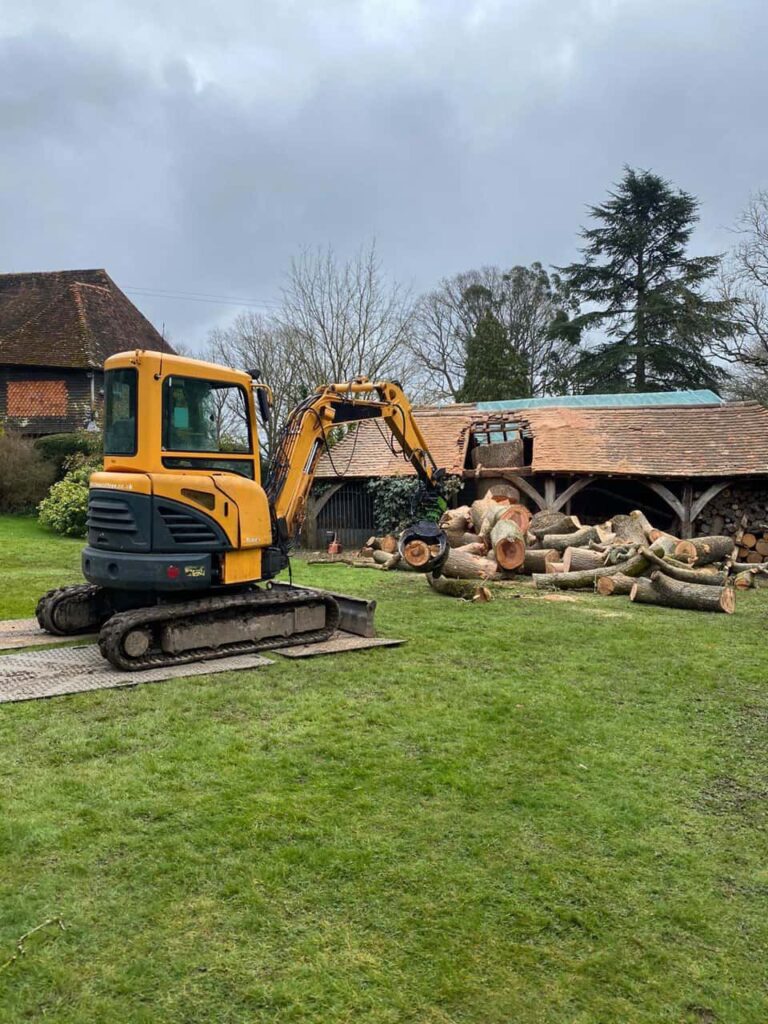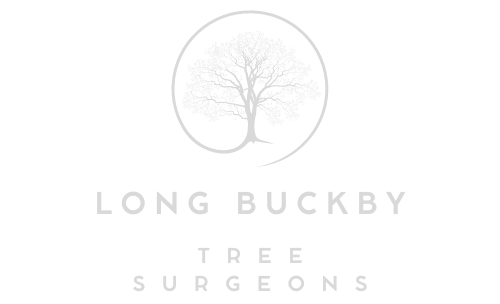Urban Tree Reshaping: Balancing Growth in Compact Spaces
Introduction: In the heart of urban environments, trees play a vital role in enhancing the quality of life for residents. They provide shade, purify the air, and contribute to the overall beauty of city streets and parks. However, in compact urban settings, managing tree growth can be a significant challenge. Urban tree reshaping is the solution, allowing us to balance trees’ benefits with limited space limitations. In this blog post, Long Buckby Tree Surgeons will delve into the importance of urban tree reshaping and how it helps maintain healthy and harmonious urban landscapes.
Challenges of Urban Tree Growth
Urban areas present unique challenges for trees:
- Limited Space: Trees in urban settings often have restricted root and canopy space due to sidewalks, buildings, and infrastructure.
- Competition for Resources: Urban trees must compete with nearby structures and other vegetation for sunlight, water, and nutrients.
- Safety Concerns: Overgrown branches can pose risks to pedestrians, vehicles, and property, leading to safety concerns and liability issues.
- Infrastructure Damage: Root growth can damage sidewalks, roads, and underground utilities, causing costly repairs.
The Importance of Urban Tree Reshaping
Urban tree reshaping is essential for several reasons:
- Safety: Proper reshaping removes weak or overhanging branches that could pose safety hazards to pedestrians and vehicles.
- Health: Tree reshaping promotes tree health by reducing disease risk, improving air circulation, and enhancing light exposure.
- Aesthetics: Maintaining well-shaped trees enhances the visual appeal of urban landscapes, contributing to a more pleasant living environment.
- Space Optimisation: Reshaping ensures trees can coexist with other urban infrastructure, minimising conflicts and damage.
- Environmental Benefits: Healthy urban trees contribute to improved air quality, reduced urban heat island effect, and habitat for wildlife.
Urban Tree Reshaping Techniques
To effectively reshape trees in urban environments, arborists employ various techniques:
- Crown Reduction: This technique reduces the height and spread of a tree’s crown, minimising its impact on surrounding structures while maintaining a natural appearance.
- Crown Thinning: Thinning involves selectively removing branches to reduce the tree’s density, allowing more sunlight and air to penetrate the canopy.
- Crown Raising: Raising the crown involves trimming lower branches to create clearance for pedestrians, vehicles, and structures.
- Pollarding: Pollarding is a more extreme technique that regularly cuts young branches back to a predetermined length, promoting dense growth near the trunk.
- Canopy Restoration: Canopy restoration techniques can help revitalise the tree’s health and appearance in cases of overgrown or neglected trees.
Professional Expertise in Urban Tree Reshaping
Urban tree reshaping requires careful planning, precision, and local regulations and permits knowledge. Certified arborists like Long Buckby Tree Surgeons have the experience and expertise to reshape urban trees safely and effectively, ensuring their health and the safety of the surrounding environment.
Conclusion: Urban tree reshaping is vital for maintaining healthy and harmonious urban environments. By carefully managing tree growth in compact spaces, we can enjoy trees’ many benefits while minimising conflicts and hazards.
Call us on: 01327 225 193
Click here to find out more about Long Buckby Tree Surgeons
Click here to complete our contact form and see how we can help with your tree’s needs.

